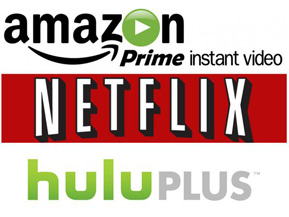|
|
Intermittent Issues: I, For One, Welcome Our New Binary OverlordsBy Ben GruchowNovember 10, 2016
The main differences between the two come down to deployment and original content. Amazon offers offline storage; Netflix more or less has a monopoly on the latter. Which one is more valuable ultimately depends on utility; offline storage of movies and TV shows is admittedly useful if you’re going to be spending a lot of time out of normal Wi-Fi or data range, but this is an increasingly rare occurrence, and Amazon is not the only provider to offer this as a function. Netflix’s extensive catalog of original content is more of an asset. Amazon also still lacks iOS or Chromecast functionality, which is so unusual at this stage of the game that it could almost count as a feature. Its interface is generally outdated and unintuitive, and despite offering similar content as Netflix at similar resolutions, actual quality depends more on the device than Netflix does, and the competition has the edge on compatible devices, too. The final two exhibits in our analysis here depart from the subscription-based model of Hulu, Netflix, and Amazon Instant Video. iTunes and Vudu are both online digital-locker services: it costs nothing to become a nominal member of either of these services, and all of the investment comes in rental or purchase of digital versions of films one at a time. When a user wants to add a film to their online library, they select the relevant option, and their stored payment card is charged; their library is then provided with a key code that acts to “unlock” the product on the provider’s own servers. The key code is either set to expire at the conclusion of the rental period (generally 24 to 72 hours) or set to never expire.
[ View other columns by Ben Gruchow ]
[ View other Intermittent Issues columns ]
[ Email this column ]
|

|
|
|

|
Friday, November 1, 2024
© 2024 Box Office Prophets, a division of One Of Us, Inc.


